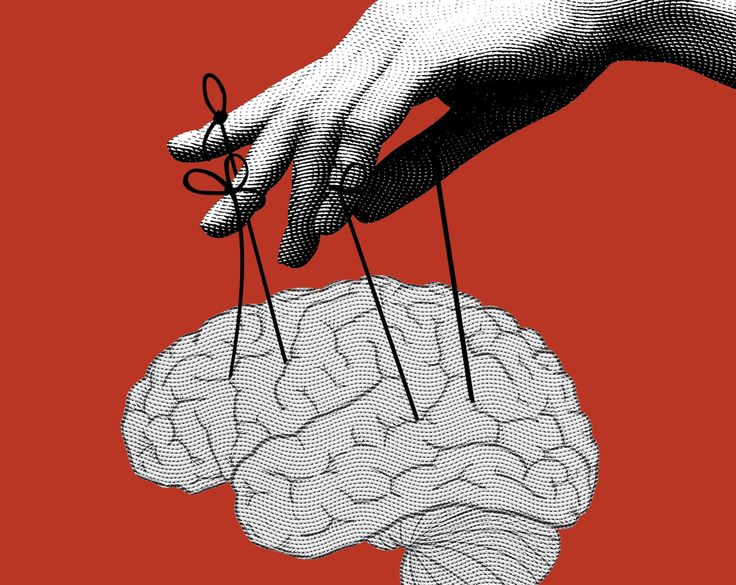The human mind is not a passive container of thoughts and feelings; rather, it is an active curator—constantly selecting, ranking, and discarding from the endless stream of possibilities that confront it. From deciding what to wear in the morning to choosing whom to trust, the brain must set priorities just to function. But this prioritisation isn’t random or merely logical. It is sculpted by millions of years of evolution, a lifetime of personal experience, and the subtle, often invisible hand of social and cultural context. Understanding how the mind curates priorities isn’t just a philosophical exercise—it reveals how we construct reality, navigate it, and why we sometimes feel torn or overwhelmed in ways we can’t explain.
At its most basic level, prioritisation begins in the body. Our brains are, first and foremost, survival machines. Deep within the architecture of the nervous system are regions like the hypothalamus and the amygdala, constantly scanning to balance hunger, thirst, warmth, and rest. Long before we think about taxes or relationships, our internal machinery is working to keep us alive. When we feel anxious before a meeting or exhausted after a long day, those sensations are often echoes of ancient systems assigning top priority to perceived threats or depleted resources. Even the chemistry of our brains plays a role: neurotransmitters like dopamine don’t just make us feel pleasure—they signal which goals are worth pursuing and which ones can wait.
But we are not only creatures of instinct. Humans are gifted—or cursed—with a region at the front of the brain called the prefrontal cortex. This area plans and reasons, giving us the extraordinary ability to think ahead and delay gratification in pursuit of abstract goals. While a squirrel might stash nuts for winter, only a human can choose to save for retirement or build a ten-year career plan. This capacity enables us to construct complex goal hierarchies: we want a job so we can earn money, so we can afford a home, so we can feel safe, so we can relax, so we can live well. Each layer depends on the ones below it—but that order can shift in an instant. When you’re hungry, food jumps to the top. When you’re in love, priorities reshape themselves in service of the beloved.
Emotions, far from being irrational distractions, are powerful tools in this process. They act as a fast-track prioritisationsystem: fear pushes danger to the top of the mental queue, joy invites exploration, shame can reorient us entirely—sometimes away from actions, sometimes from parts of ourselves. These emotional signals often override logic, and for good reason. In evolutionary terms, reacting quickly to a threat was often more important than analysing it calmly. But emotions are not infallible. They can be hijacked by memory or trauma, assigning urgency to things that are no longer relevant. A person with social anxiety may feel the same level of threat during a conversation as someone else would while standing on the edge of a cliff. In both cases, the mind is doing its job—but it’s working off a distorted map.
Social life complicates matters further. We don’t prioritise in isolation. From the moment we’re born, our minds absorb cues about what matters—from parents, peers, teachers, media, and culture. In some societies, individual achievement rises to the top; in others, harmony and duty are paramount. We internalisethese values so deeply they begin to sound like our own voice. The desire to be liked, respected, to fit in—these are not just adolescent concerns, but powerful forces shaping adult decisions about career, lifestyle, and morality. The mind becomes a social filter, constantly asking not just “What do I want?” but also “What will others think if I choose this?”
Over time, habits and personal narratives form. We begin to associate certain behaviours or goals with success, failure, love, or shame. These associations—often unconscious—guide how we allocate our time and energy. Someone who grew up in a chaotic household might prioritise control above all else. Someone who was praised only for achievements might endlessly chase the next milestone, regardless of whether it brings satisfaction. Therapy often involves surfacing these hidden priorities and asking whether they still serve us. This act of reflection—metacognition—is one of the mind’s most powerful tools: stepping outside our automatic settings to question them.
Even with self-awareness, prioritisation is hard work. We live in a world flooded with stimuli, options, and pressure. Attention itself has become a scarce resource. In this environment, our internal systems strain constantly—not just to decide what is urgent, but what is meaningful. Conflicts are inevitable. You might want to rest, but also make progress. You might want to speak your mind, but also be liked. These moments of inner tension aren’t signs of failure—they are evidence of multiple priority systems colliding, each with its own logic and backstory.
To understand how the mind curates priorities is to acknowledge that we are layered beings. Biological impulses, emotional reactions, social scripts, and conscious goals all jostle for position. Sometimes they align, and we feel clear and motivated. Sometimes they clash, and we feel paralysed or confused. But always, the act of prioritisation is not just a mechanism—it is the story of who we are in that moment. What we choose to focus on, pursue, and ignore tells us more about ourselves than almost anything else. In a way, our priorities are our autobiography—being written in real time.










